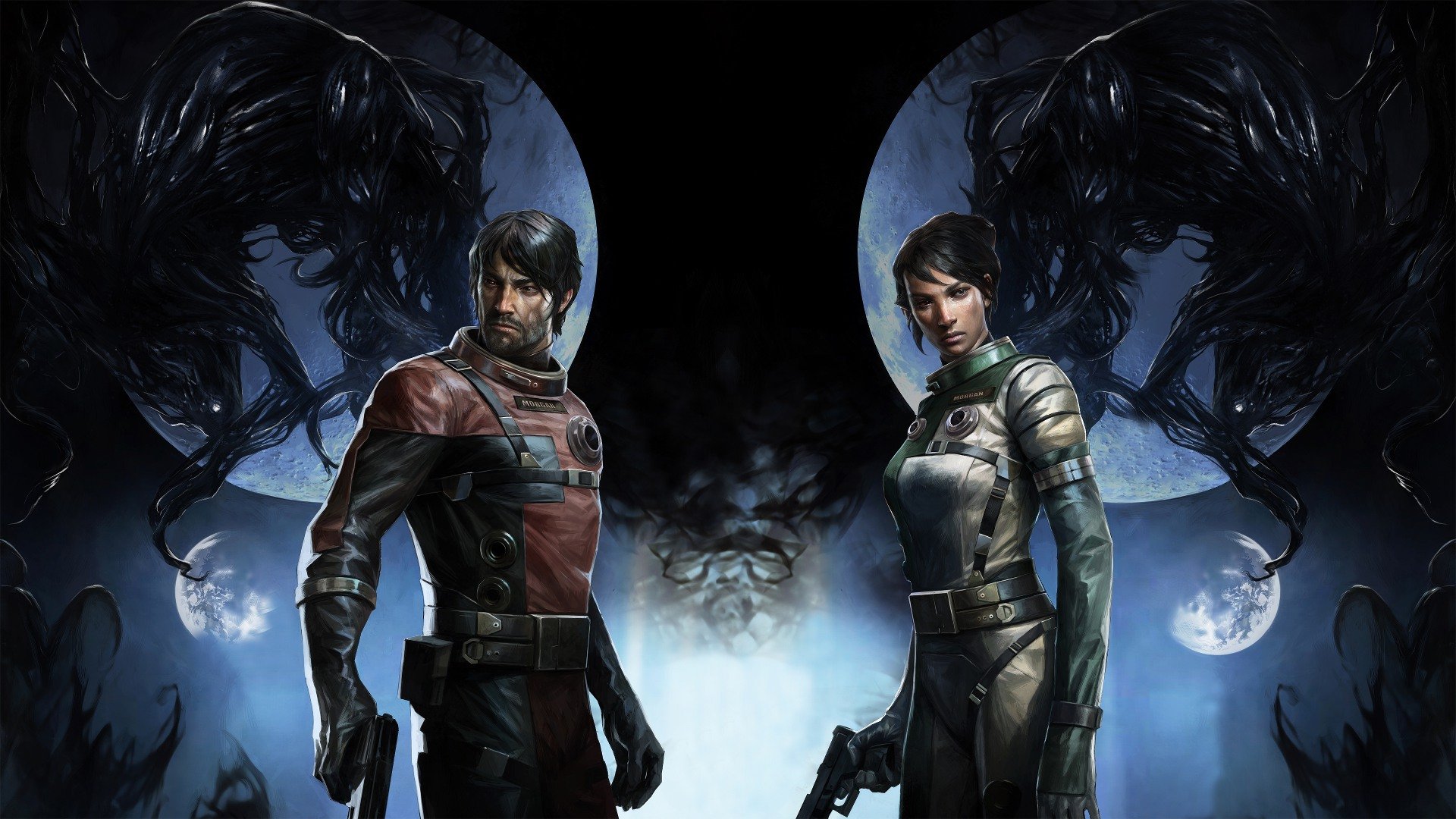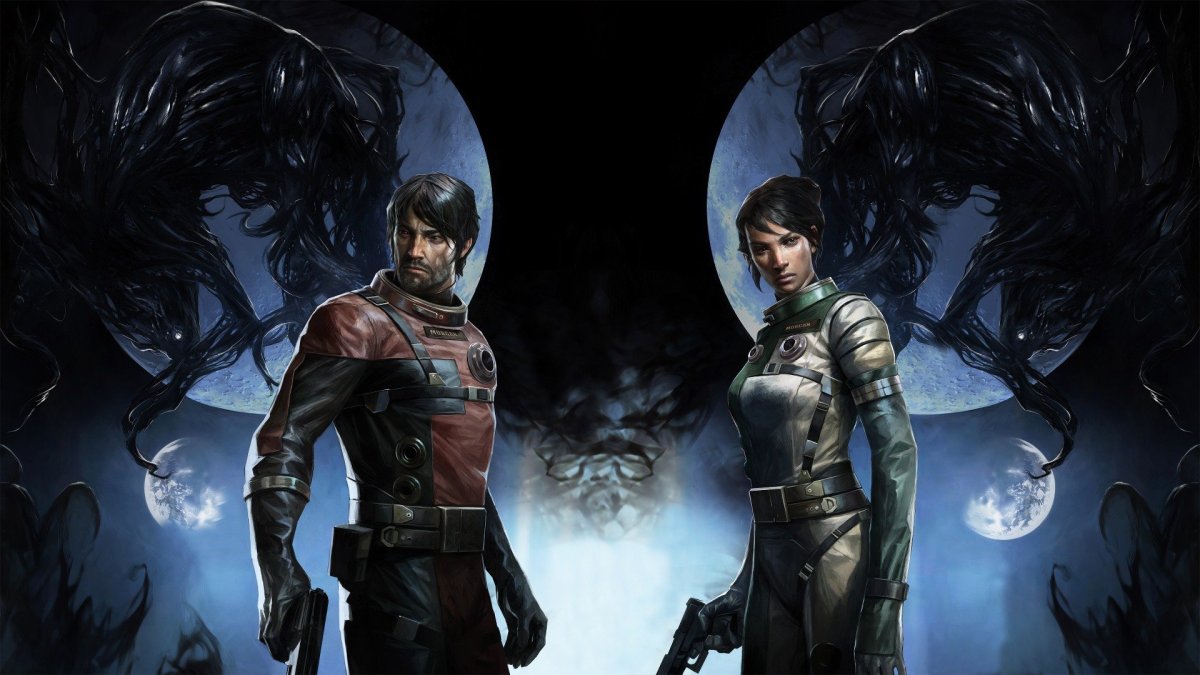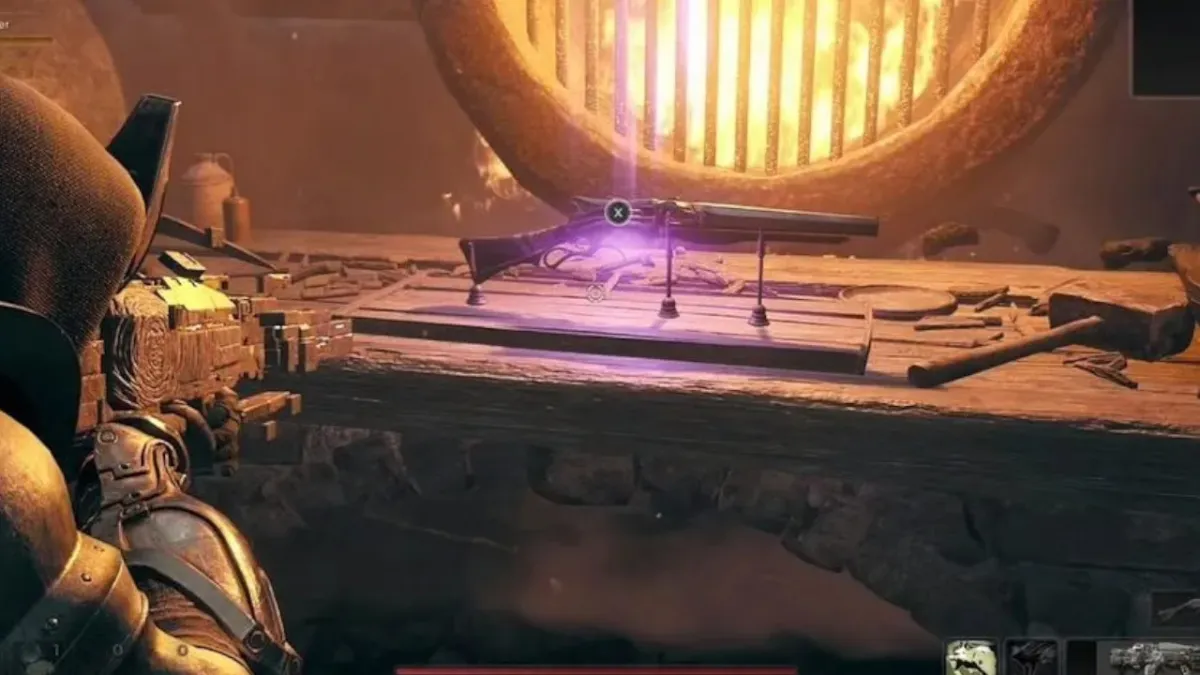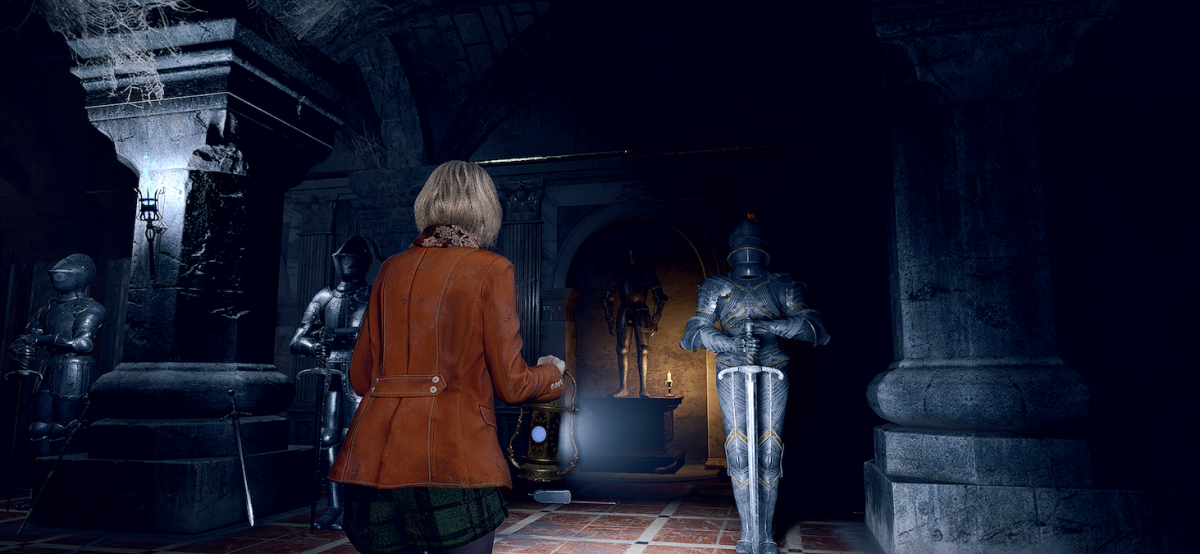A tale of two stories
The heart of Prey isn’t in an obvious place. It isn’t in its scientific moral quandary or its inky aliens or its ever-escalating plot. It isn’t in its retconned 1960s history that serves to justify this research center or in its numerous combat abilities or even in its constant sense of tension and dread. No, the heart of Prey lies in its stories.
There are two meaningful types of stories in Prey and developer Arkane never really pushes the player toward either one of them. The first is the day-to-day of a space station, the mundane details that make this place feel lived-in before everything went catastrophically wrong. It’s a masterpiece of environmental storytelling, a million little things to find that all subtly paint a picture as to who these people were, and what preoccupied them in both their professional and personal lives.

Prey (PC, PS4 [reviewed],Xbox One)
Developer: Arkane Studios
Publisher: Bethesda Softworks
Released: May 5, 2017
MSRP: $59.99
The other type is a story that’s personal to you, the player. Prey provides so many ways of accomplishing literally almost everything that your experience is going to be unique and wholly yours. Prey excels at creating moments, especially ones centered around your priorities. A repair expert is likely to approach a situation differently than a combat expert or a stealth expert. They’re all equally viable and equally encouraged.
But it’s this personal story that leaves me strangely unfulfilled. Prey‘s plot is malleable in a way that so many actions can lead to a butterfly effect of unintended consequences. When I finished the game, I asked myself if that’s the outcome I even wanted. I had lost sight of what I believed in at the outset. I found a 30-minute YouTube video that details all the endings, most of which I didn’t even know were options. Arkane’s commitment to not pushing the player in any particular direction is commendable, but I can’t help but feel sort of canon robbed. Not many games are confident enough to be so flippant about how the player finishes; now that it has happened to me, I’m wildly conflicted.
It’s ironic that Prey‘s two types of stories are at direct odds with one another. In filling out the Talos I space station with enough belongings and backgrounds to create a realistic crew, Arkane’s touches went incredibly far in making a complete experience. However, in all the freedom Prey affords, it led me to feel as if I had only seen a fraction of the content in the game. In this sense, it was a very incomplete experience.
That’s something I’m only frustrated about because Prey does a fantastic job making you care. Its overarching plot about neurological implants that modify a human’s ability is interesting enough to see where they want to go with it — even if its obvious Ayn Rand Objectivist ethics maybe lean too far into BioShock territory. The plot is littered with standard fare sci-fi contrivances, but the twists along the way are enough to compensate. The space station feels alive thanks to some smart level design that rarely forces you into a room, but rather pulling you in by compelling you to scour everywhere. In aiming to be an “immersive sim,” Prey squarely hits its target.
Talos I is a giant sprawling place, and Prey actively encourages exploration and re-exploration. Gaining abilities and access methods gives new meaning to old locations (although those locations were probably accessible the first time around even if you couldn’t figure it out). A steady stream of sidequests is usually the reason for backtracking, as these missions are often more alluring and exposition-filled.
However, traversing Talos I is a tricky prospect at all times, mainly because revisiting locations means that the Typhon alien enemies have most likely respawned. Combat is the weakest aspect of Prey, as it’s merely competent and serviceable. The Typhon are aggressively tough and fighting them is a chore. I died many many times playing Prey, as even its “Normal” difficulty can be a real challenge. (It’s probably worth noting here that the PS4’s aiming controls felt sluggish most of the time, a problem that PC and Xbox One aren’t said to have.)

Even though it’s possible to spec for direct conflict, it still feels like a less-than-optimal path to take. Melee attacks are limp, lacking in any real weight or heft. The shotgun is the only traditional firearm worth using regularly, and even that often seems under-powered. Instead, more creative approaches are encouraged.
For instance, maybe halfway through, I found myself perched on some pipes running across the ceiling and staring at two unsuspecting Typhon aliens. One was a Weaver, one was a Phantom — two of the harder enemies in Prey. Firing from up high or leaping down would’ve been a death sentence. So, I waited until they were both near an explosive tank and fired one round of my silenced pistol. The blast killed one and heavily damaged the other. I hopped down and fired my GLOO gun to temporarily incapacitate him before smashing him a few times with my wrench.
That’s a common example of just one way that Prey‘s non-restrictive structure lends itself to creating memories. Most players probably just went into that room through the doorway without considering an alternate route. As a result, they likely had much tougher encounters than I did. Even in combat, Prey usually affords enough leeway to make the most out of a situation.

But combat isn’t really what I found myself wanting from Prey. Neither is conflict. Solving issues and making things right works in the power fantasy of a video game, but it doesn’t really suit what Arkane excelled at with this effort. Prey is about discovering a place that people lived and worked in. It’s especially interesting in the context of all the sci-fi plot devices that power everything, but it’s also the human angle that’s undeniably fascinating in its weird posthumous voyeurism. Danielle Sho seemed like a hell of a scientist, but I found myself caring more about her love life and musical talents.
Funny enough, I leave Prey happy and content with everyone’s story but my own. My version of protagonist Morgan Yu just didn’t turn out how I wanted him to. He couldn’t save everyone I wish he had, he didn’t make all the choices I would’ve liked him to, he didn’t even find the shotgun until much later than he should’ve. And I know it’s all my fault and I regret that. In a perfect world, this would’ve all gone different; but, it’s evident early on in Prey that things are far from perfect in this world. I can only hope that your Morgan ends up more to your satisfaction. Me? I probably got what I deserved.
[This review is based on a retail build of the game provided by the publisher.]





